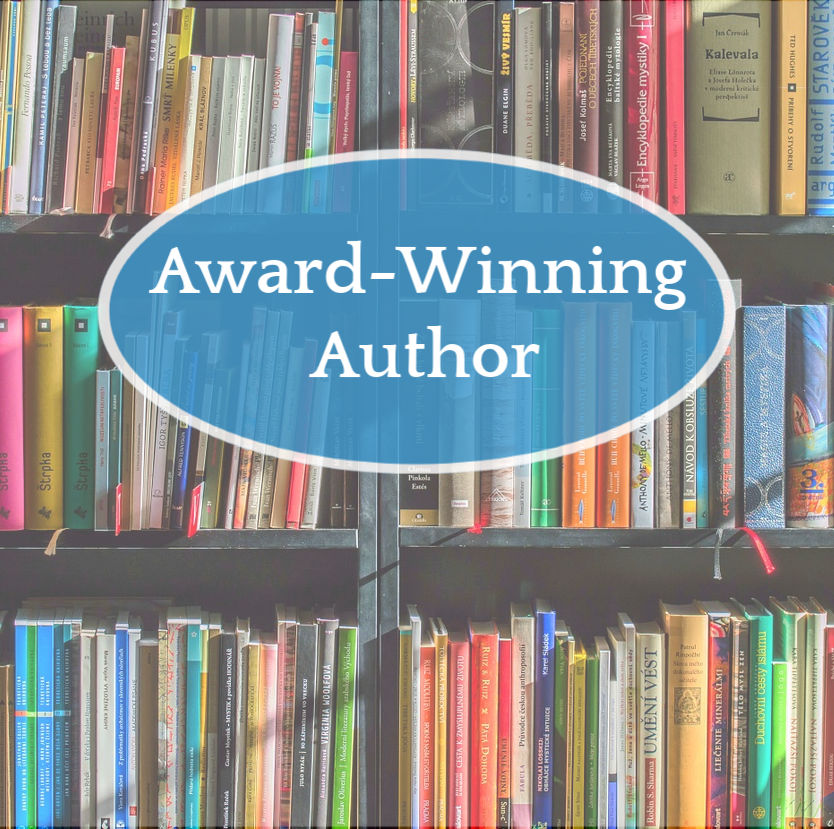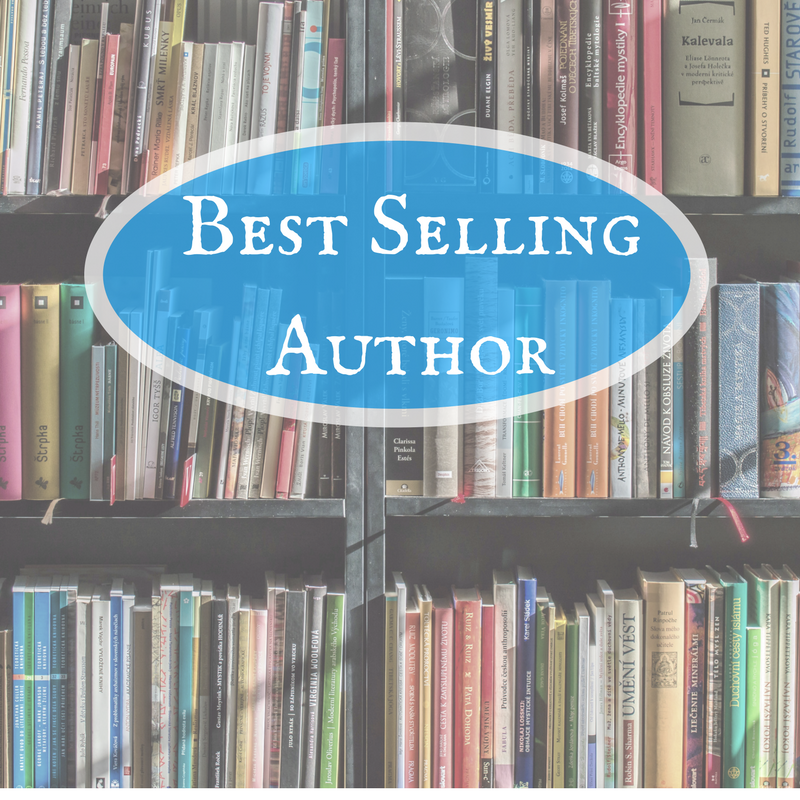
Writers Chat Recap for May, PArt 1
Writers Chat, hosted by Jean Wise, Johnnie Alexander, and Brandy Brow, is the show where we talk about all…
May 15, 2021
Writers Chat, hosted by Jean Wise, Johnnie Alexander, and Brandy Brow, is the show where we talk about all…
May 15, 2021
To put it simply, a marketing copywriter is a person who creates texts to sell products. It can be…
May 11, 2021
The beautiful prose that came to mind in the shower somehow transformed into clunky sentences by the time I…
May 8, 2021
Can you share a little about your recent book? Sure! The Heart Changer is a middle-grade historical fiction that…
May 1, 2021
Writers Chat, hosted by Jean Wise, Johnnie Alexander, and Brandy Brow, is the show where we talk about all…
April 30, 2021
TikTok is currently one of the most popular video sharing applications in the social media world. It’s filled with…
April 28, 2021
Guest post writing is one of the best tools you can use to create a good reputation and help…
April 26, 2021
The story setting in literature describes the where and when of a character and action. The setting of a…
April 25, 2021
The book publishing industry is one of the largest in the world. In 2020 alone, printed book sales increased…
April 23, 2021
Every writer’s heart stops when I utter the words, ‘writer’s block’. We’re ready to write: we have our tea,…
April 19, 2021
Writers Chat, hosted by Jean Wise, Johnnie Alexander, and Brandy Brow, is the show where we talk about all…
April 17, 2021
Part one of this two-part article covered how to get started on Instagram. This second part explores growing your…
April 16, 2021
Can you share a little about your recent book? The Cottage on Lighthouse Lane, Kensington Books, April 2021 Sometimes…
April 13, 2021
What do you do when you feel weary? Burned out? Uninspired and ready to give up? How do you…
April 8, 2021
Can you share a little about your recent book? My mom always called the period of time when people…
April 1, 2021
Writers Chat, hosted by Jean Wise, Johnnie Alexander, and Brandy Brow, is the show where we talk about all…
March 30, 2021
As a writer, you need to know how to act and what to do in order to get more…
March 24, 2021
Raise your hand if you’re a writer on Twitter! Same. Twitter is a great place for building that writing…
March 18, 2021
Writers Chat, hosted by Jean Wise, Johnnie Alexander, and Brandy Brow, is the show where we talk about all…
March 15, 2021
Most people judge a book by its cover. You put years of your work into a book. Therefore, it…
March 13, 2021
One month ago my first novel officially released. As you might guess, I am proud of finally achieving that…
March 8, 2021
Writers Chat, hosted by Jean Wise, Johnnie Alexander, and Brandy Brow, is the show where we talk about all…
March 2, 2021
Introduction: Are you looking for the perfect guide to improve your marketing strategy on Instagram? Follow these 7 effective…
March 2, 2021
Can you share a little about your recent book? The Marriage of Innis Wilkinson is another contemporary cozy set…
March 1, 2021
Emails and newsletters are the most effective digital marketing tools to promote books by self-published authors. Sending an email…
February 26, 2021